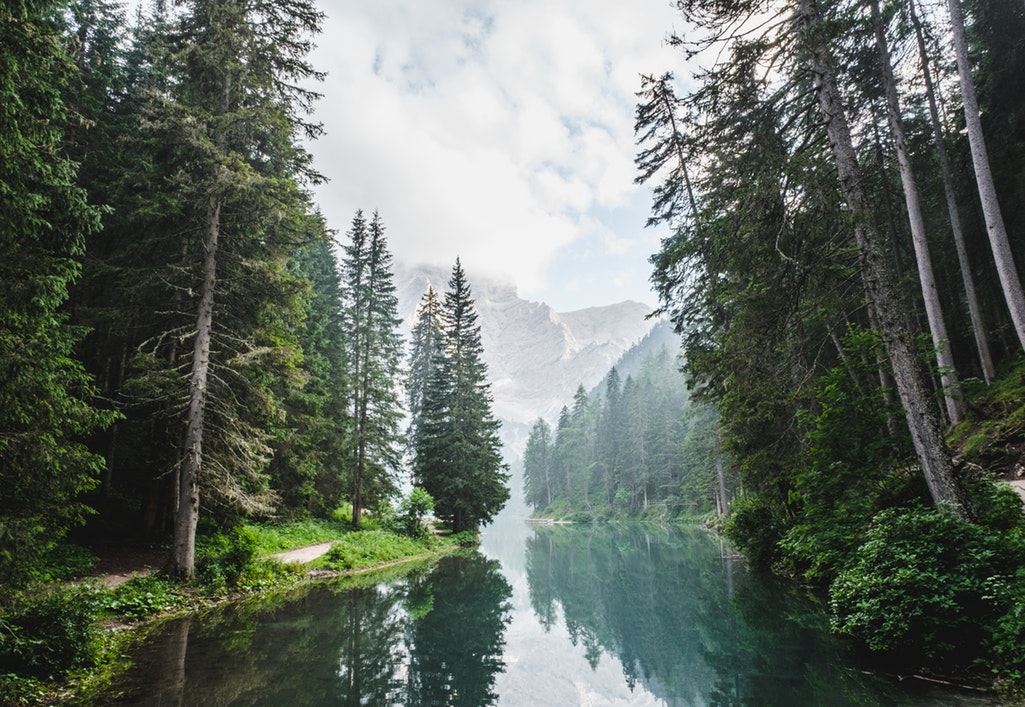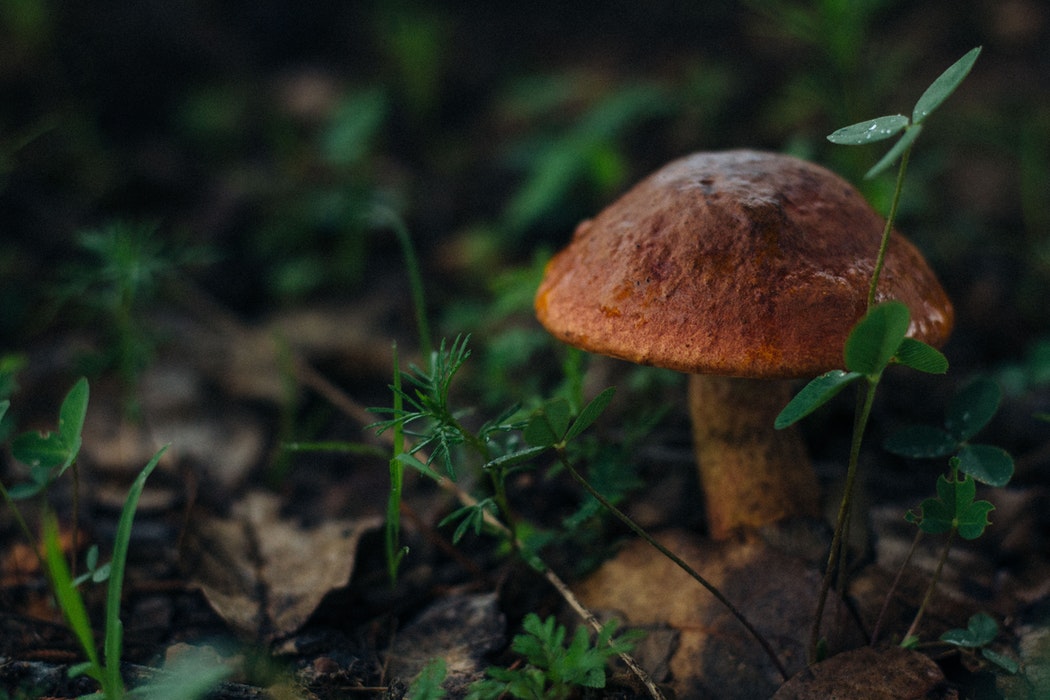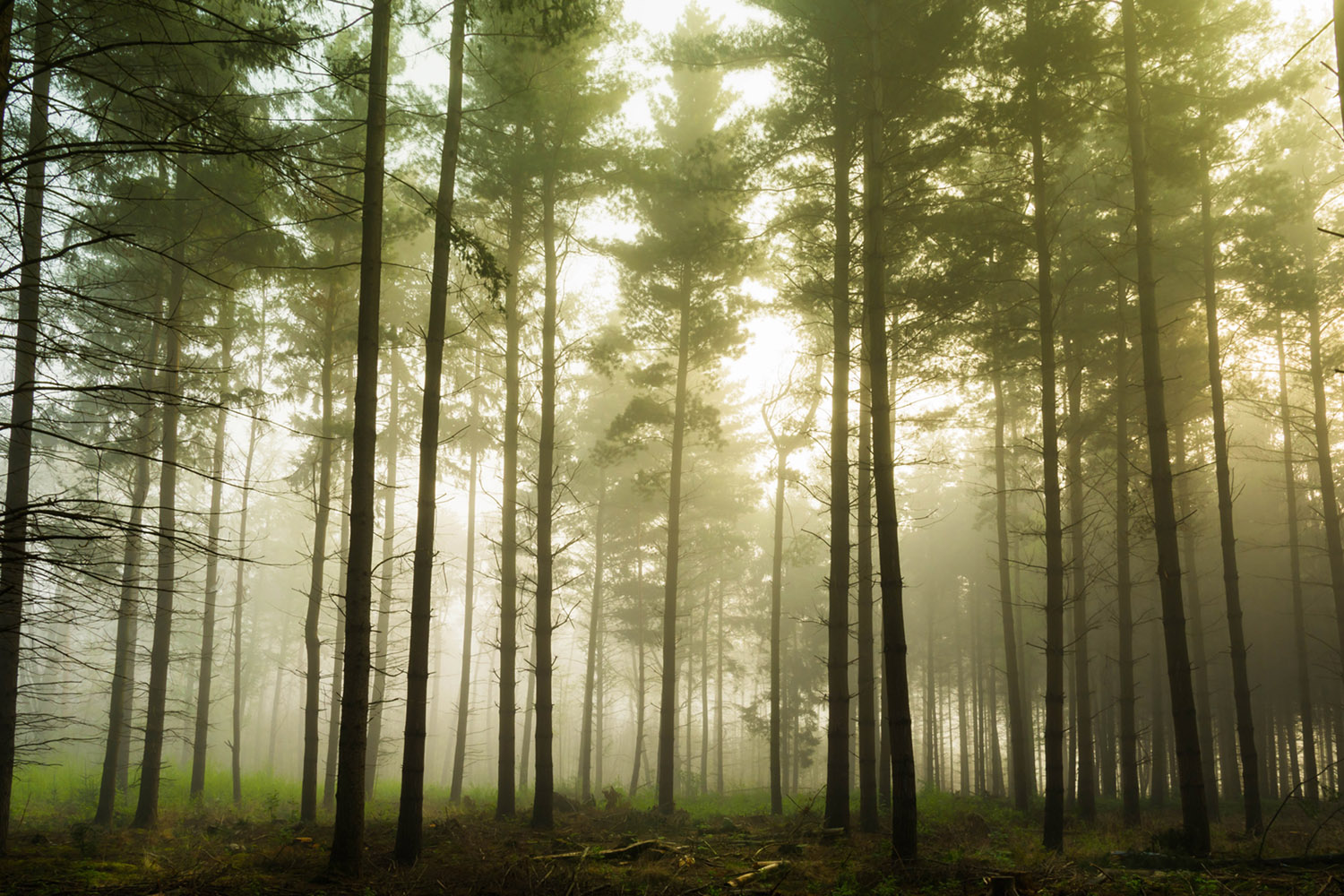TREE FACTS : WHY WE SHOULD PLANT TREES AND PROTECT FORESTS
RE-GREEN THE PLANET is a reforestation programme created by Free Spirit Foundation. Trees give off oxygen that we need to breathe. Trees reduce the amount of storm water runoff, which reduces erosion and pollution in our waterways and may reduce the effects of flooding. Many species of wildlife depend on trees for habitat. Trees provide food, protection, and homes for many birds and mammals.

IN URBAN AREAS
The cities only take 2% of the planet surface according to a FAO study. Their inhabitants use however more than 75% of natural ressources. Moreover, almost 70% of the world population, should live in the cities and the conurbations. As a result of this situation, the sustainable urban development is thus fundamental to ensure a quality of life for the world population. Well-handled, forests and trees in the cities can bring important contributions to the conception and management of urban landscapes. They can make the cities more pleasant, attractive in which you can live.
MEDICINAL PLANTS
The forest provides with an array of useful medicinal plants for health. 80% of the inhabitants from developing countries depend on the so-called medicines: 50% of them come from the forest.
ARID LANDS
Arid lands cover almost half of the surface of the planet and around a third of the world population lives there. Very often, these lands face problematics such as desertification, biodiversity loss, poverty, food insecurity and climate changes. According to the FAO, almost 20% of these arid lands are degraded. Planting trees is one of the efficient answers to this degradation.
CARBON SINK
Forests store carbon, absorb the greenhouse gas and prevent these from being released in the atmosphere. Thus, they are real and important carbone tanks. However, it is important to take into account that 20% of the greenhouse gas is released in the deforestation. This rate is for example above the contribution of world transports sector.


BIODIVERSITY
The different forest varieties (in the tropical, subtropical, mediterranean, tempered or boreal regions) represent around the two-third of all the land ecoregion. They shelter thus millions of plants, insects and animals. According to some studies, 80% of the world biodiversity would depend on the good health of forest ecosystems.
The tropical forests are particularly very rich. They shelter more than 60% of the world biodiversity. They shelter millions of ecosystems and half of the plants and animal species of the planet.
A SOURCE OF LIVELIHOODS
According to some estimations, the livelihoods of 1.6 billion people depend on forests. Besides food and shelter, forests also provide a lot of tradable products as fruits, seeds, construction and heating wood, medicinal plants. As far as medicinal plants are concerned: 80% of the inhabitants from developing countries depend on so-called medicines: 50% of them come from the forest.
In 2004, products from the forests represented around 4% of raw material international trade. The forests ecosystems are very productive. They are really interested in agriculture.





